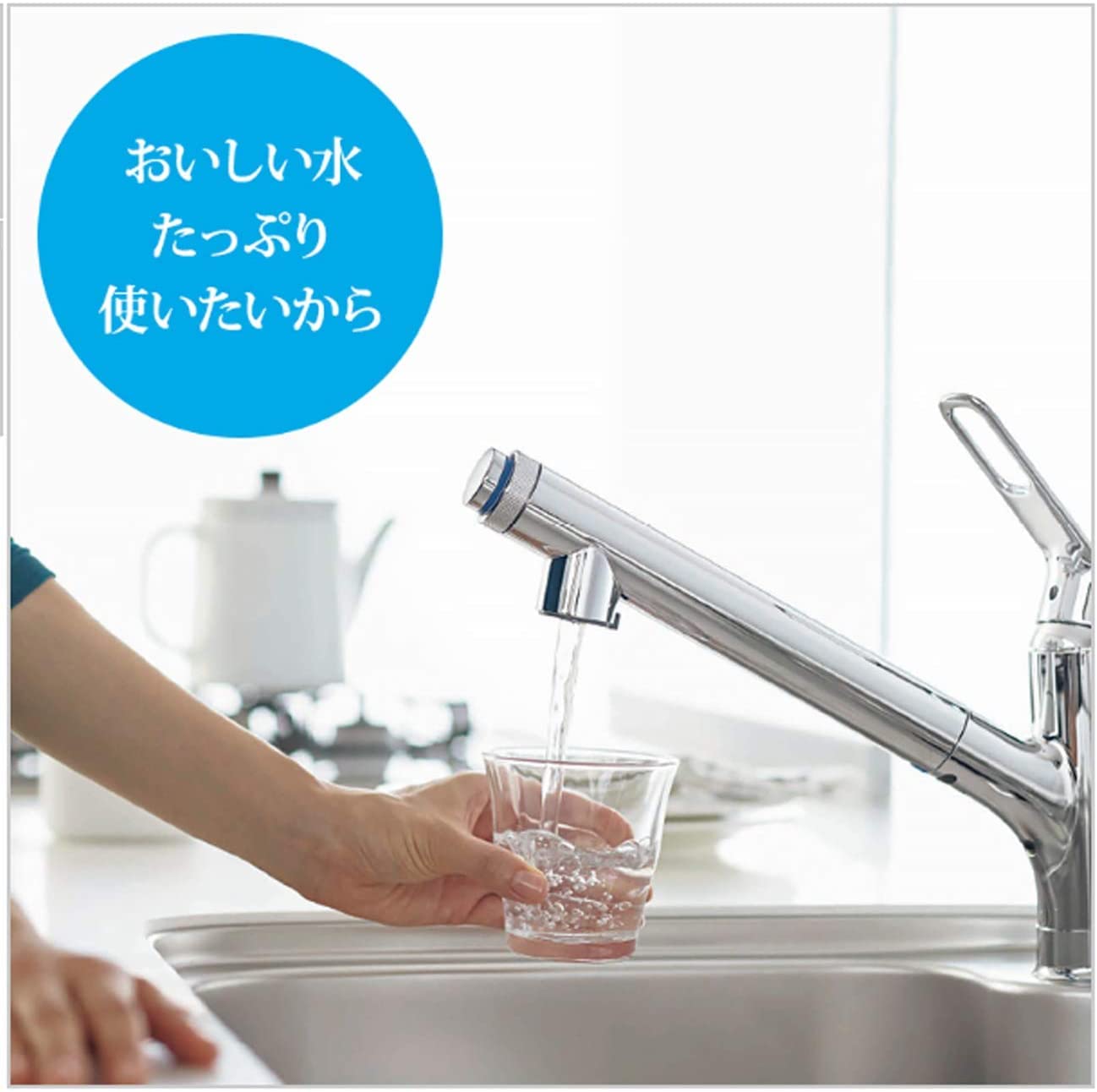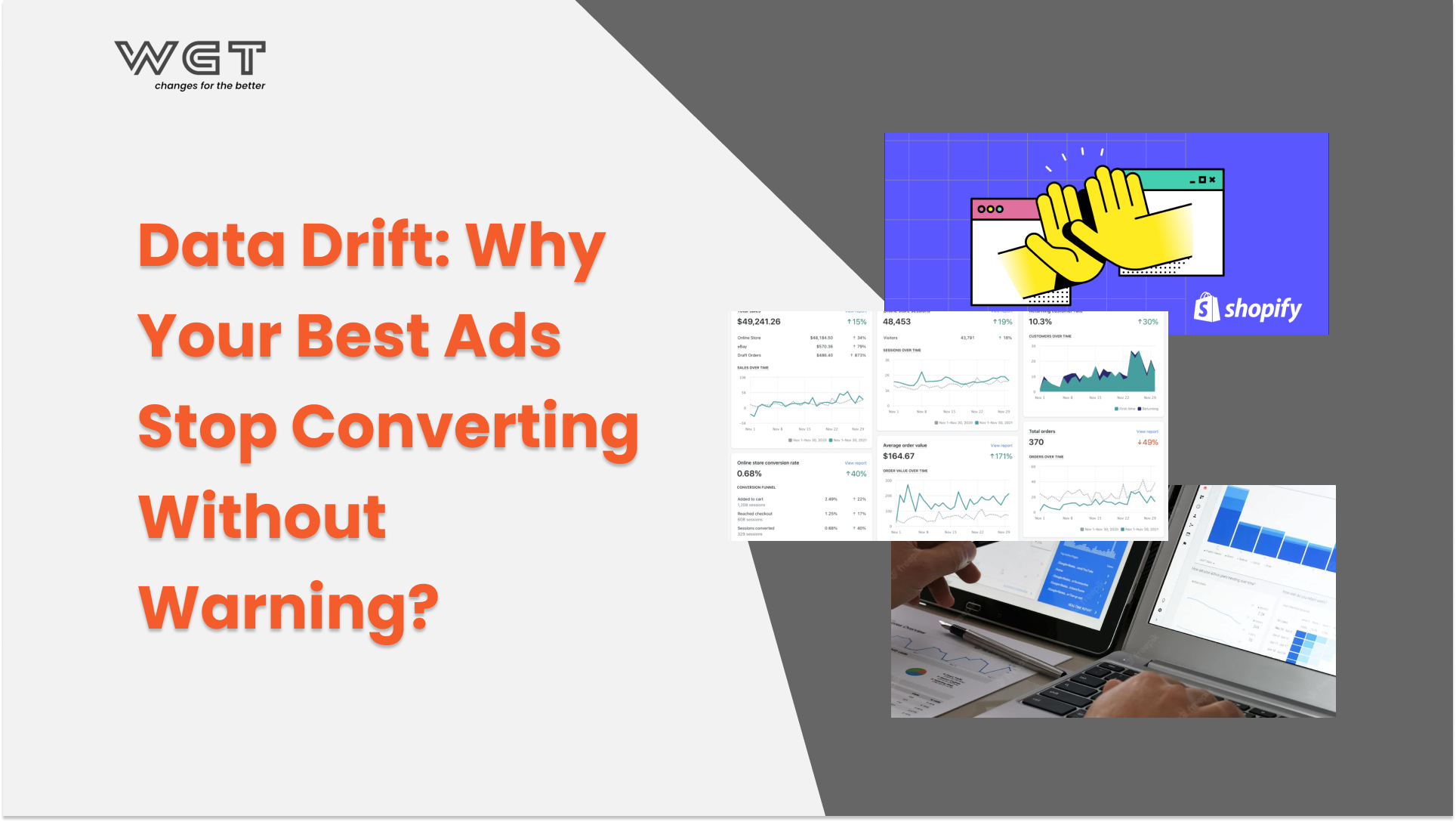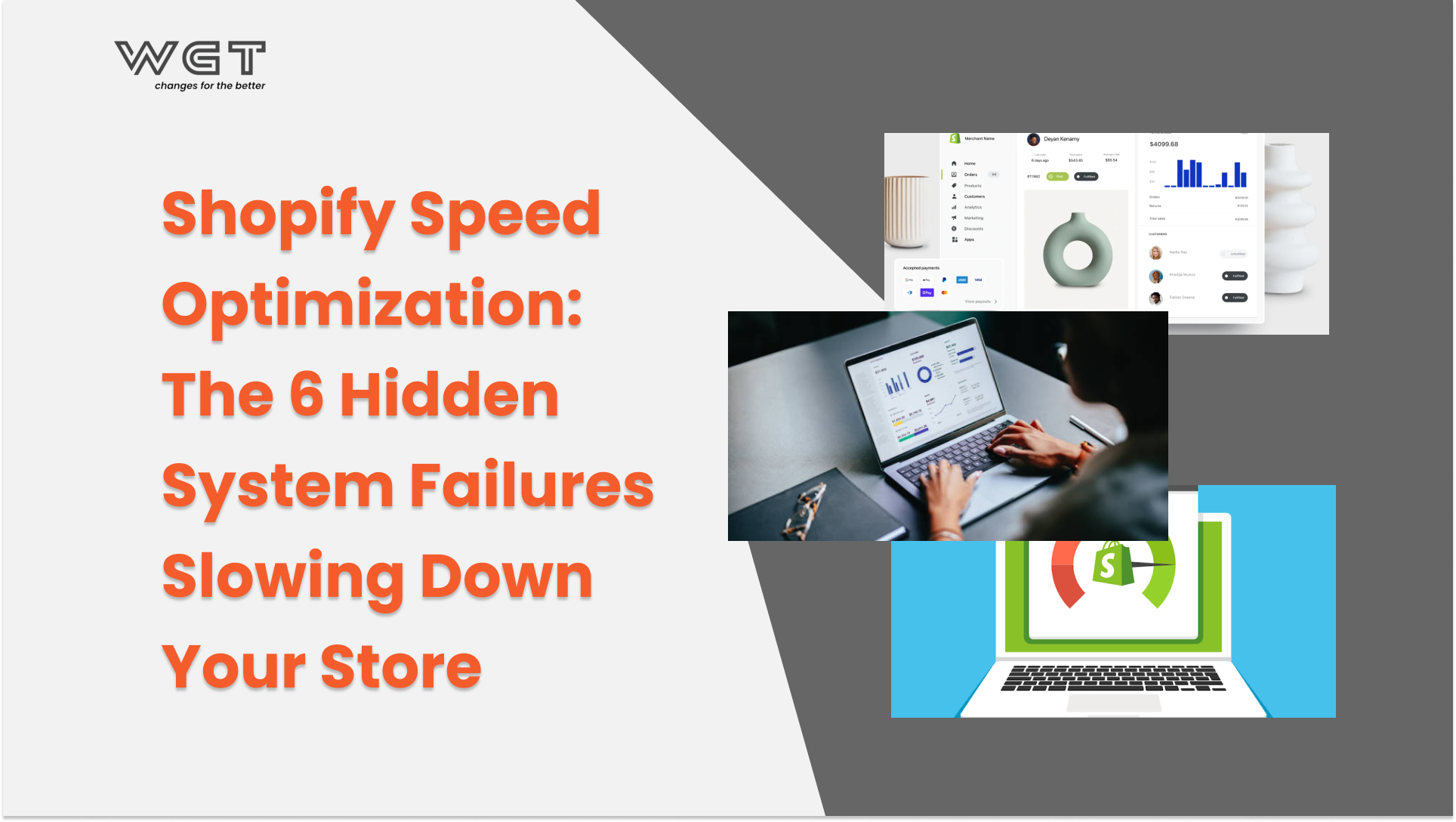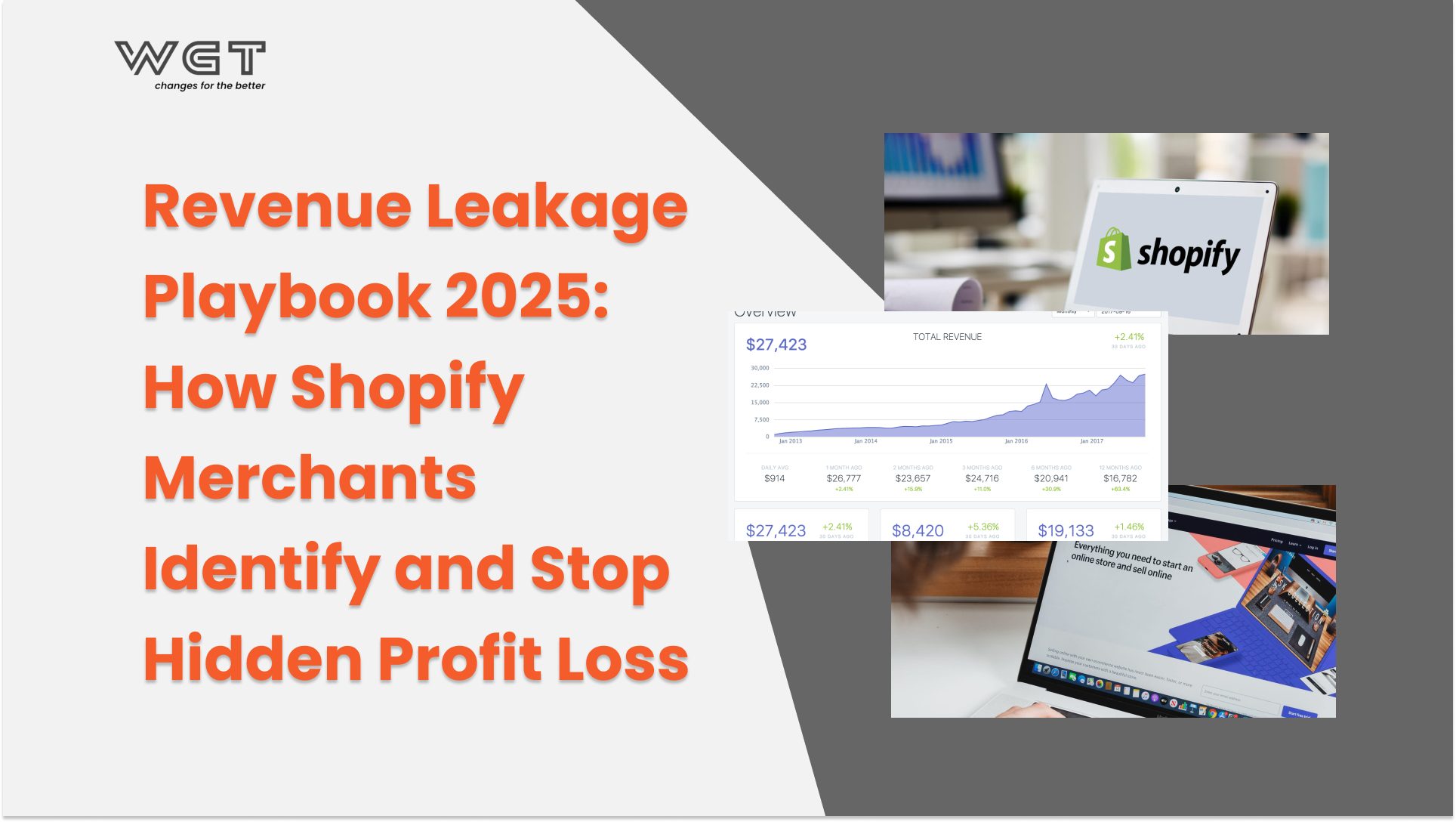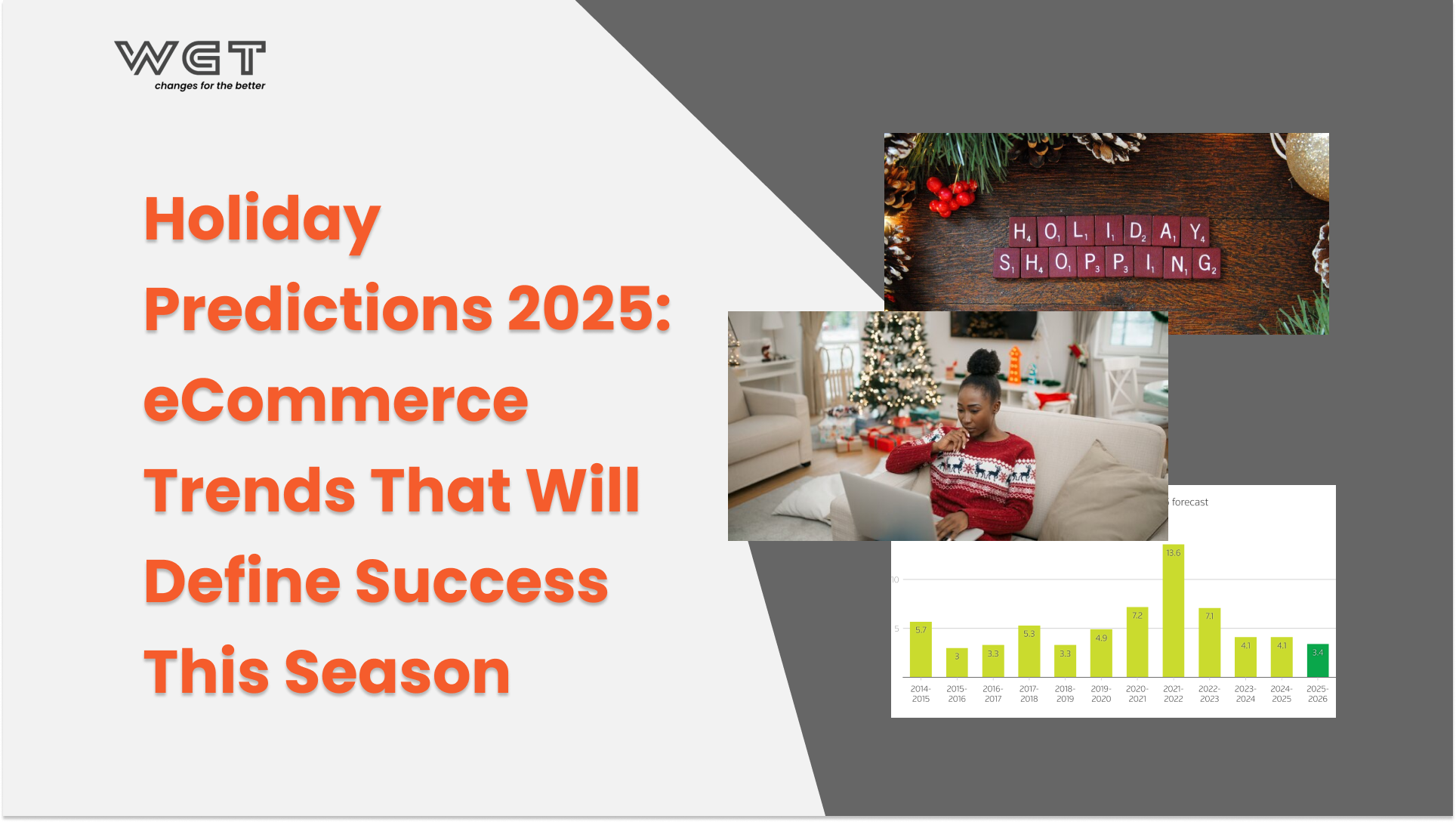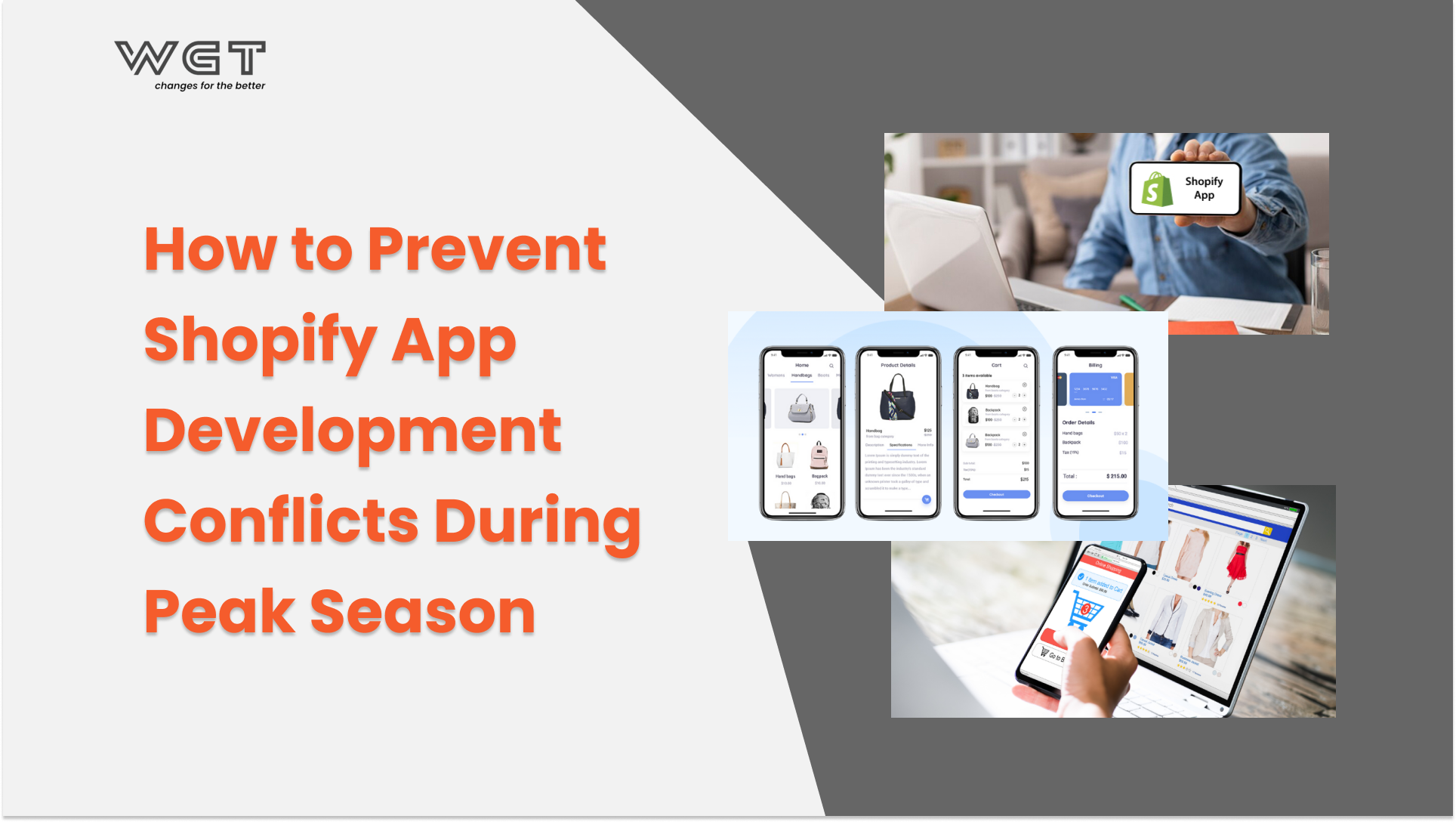Did you know that for every 100 visitors landing on an ecommerce website, only about 2 to 3 of them, on average, actually make a purchase? That stark reality highlights a critical challenge for online merchants. Many pour significant resources into driving traffic through various channels, from social media campaigns to search engine optimization, yet fail to adequately focus on what happens once those potential customers arrive. This is where Conversion Rate Optimization, or CRO for eCommerce websites, steps in as the missing piece of the puzzle. Instead of solely chasing more clicks, CRO focuses on maximizing the value of the traffic you already have, turning more browsers into buyers and significantly boosting your return on investment.

In this guide, you’ll discover actionable CRO for eCommerce websites frameworks, data-backed tactics, and essential tools that will empower you to transform your ecommerce website into a sales-generating machine.
1. What is Conversion Rate Optimization (CRO)?
CRO for eCommerce websites is the focused effort to improve your online store so that a higher percentage of visitors complete desired actions, primarily purchases. Instead of just attracting more traffic, CRO aims to maximize the value of your existing visitors. It’s about turning more browsers into buyers.
CRO is crucial for modern ecommerce. With the rising costs of acquiring traffic, optimizing your conversion rate allows you to generate more revenue from the same number of visitors, leading to a better return on investment and sustainable growth.
While related, CRO and UX/UI serve different but complementary roles. Here’s a breakdown:
| Feature | Conversion Rate Optimization (CRO) | User Experience (UX) / User Interface (UI) |
| Primary Goal | Increase the percentage of visitors completing specific actions (conversions). | Enhance the overall experience, usability, and satisfaction of website visitors. |
| Focus | Data-driven analysis of user behavior and testing to improve conversion metrics. | Design and functionality to ensure ease of use, efficiency, and enjoyment. |
| Approach | Hypothesis-driven testing (A/B testing), data analysis, and iterative improvements. | User research, information architecture, visual design, and usability testing. |
| Key Questions | What prevents visitors from converting? What can be tested to improve conversions? | Is the website easy to use? Is it intuitive and enjoyable to navigate? |
2. Why CRO Matters for Ecommerce Businesses
CRO is essential for ecommerce businesses that want to thrive in a competitive online marketplace. You do the math:
- Higher ROI on existing traffic:
More Conversion on Visitors = More Sales on the same Traffic.
This equals: More value from Marketing efforts = Higher ROI (Return on investment).
- Lower Customer Acquisition Cost (CAC):
CR improves = More customers with the same marketing spend.
This equals: Lower CAC (Customer Acquisition Cost) = more efficiency.
- Better customer experience:
CRO = Websites with easier navigation, clearer product information, and streamlined checkout process.
This equals: Overall UX enhancement = Increased satisfaction and loyalty.
- Long-term scalability: CRO = A sustainable growth strategy.
Optimizing your conversion funnel = A more efficient system for turning visitors into customers.
This equals: Effective scalability, increased traffic and sales with the same cost.

3. Key Areas of Focus in CRO for eCommerce Websites
To effectively optimize your ecommerce website for conversions, it’s crucial to focus on key areas that significantly impact the user journey. Here are some of the most important elements to consider:
Product Pages
Your product pages are where potential customers make their final purchase decisions. Optimizing them is paramount. Key elements include
- High-quality images: Use clear, professional images that showcase your products from multiple angles. Allow for zoom functionality to see details.
- Clear CTAs: Make your “Add to Cart” or “Buy Now” buttons prominent and visually distinct, and use compelling, action-oriented language.
- Trust badges: Display security badges, guarantees, and return policies clearly to build confidence and reduce purchase anxiety.
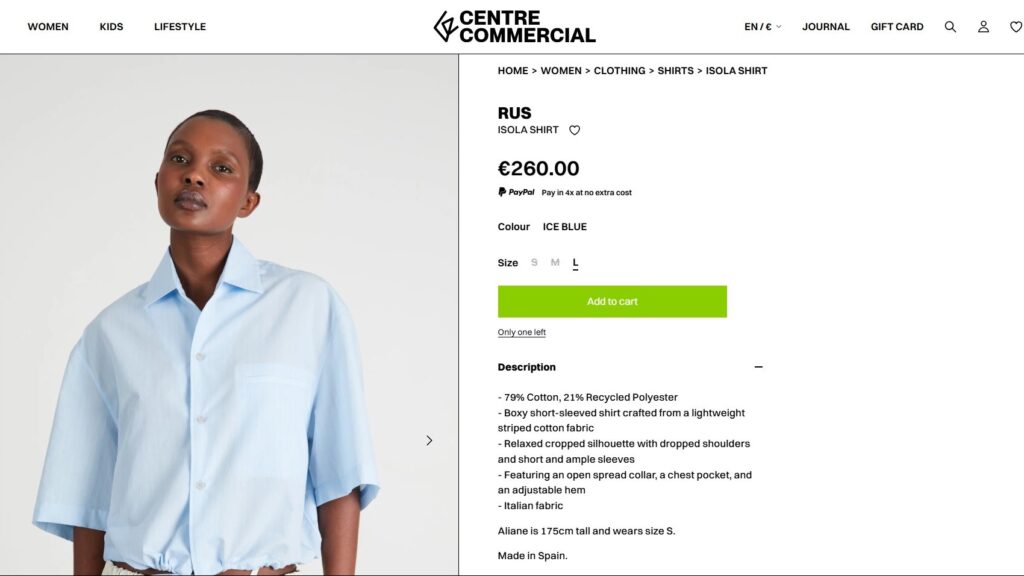
Checkout Process
A complicated or lengthy checkout process is a major cause of cart abandonment. Focus on streamlining it by:
- Fewer steps: Reduce the number of pages and form fields required to complete a purchase.
- Guest checkout: Offer the option for users to check out without creating an account to minimize friction.
- Payment options: Provide a variety of popular payment methods to cater to different customer preferences.
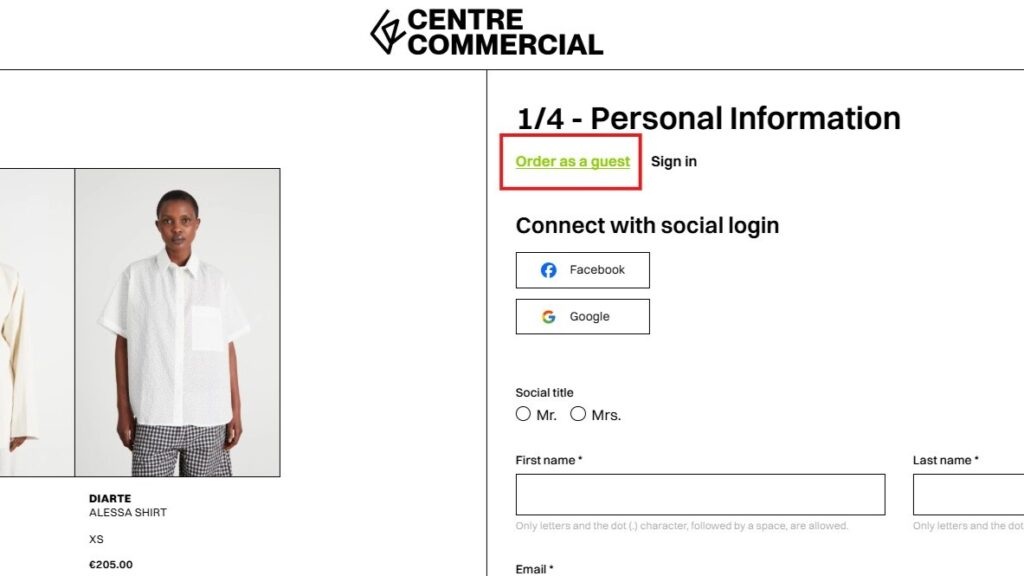
See more insights:
- Mobile Checkout: How to optimize seamless checkout experience for e-commerce shoppers?
- 6 clever tips to improve the eCommerce revenue of your business
Navigation & Site Speed
A user-friendly website is essential for conversions. Pay attention to:
- Mobile-first: Ensure your website is fully responsive and provides a seamless experience on all mobile devices, as a significant portion of ecommerce traffic is mobile.
- Intuitive structure: Organize your website logically with clear categories and easy-to-use search functionality, allowing visitors to find what they’re looking for quickly.
- Fast loading: Optimize your website’s loading speed. Slow-loading pages can frustrate users and lead to high bounce rates.
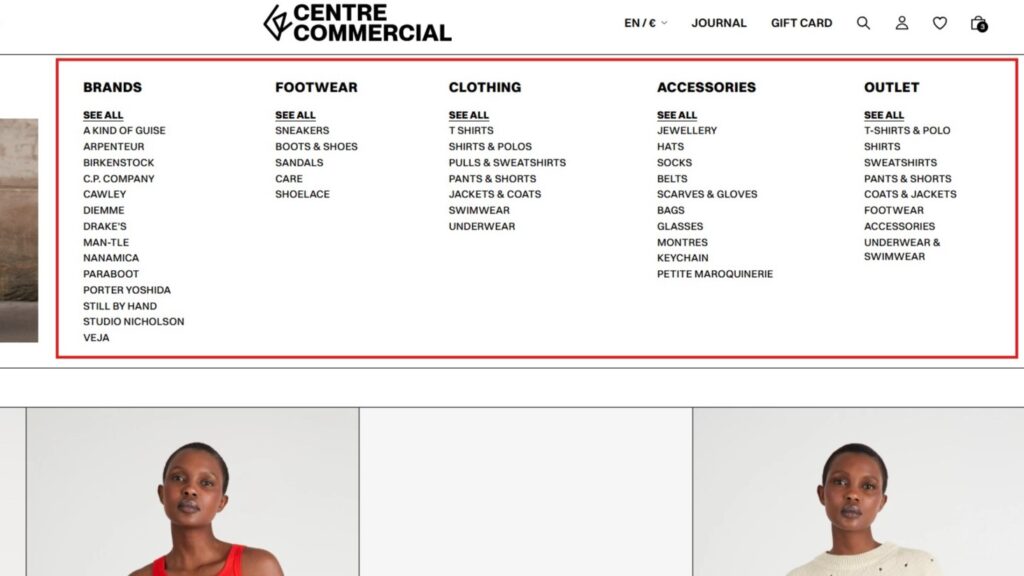
Social Proof
Building trust and credibility is vital in ecommerce. Leverage social proof by:
- Reviews: Encourage customers to leave product reviews and display them prominently on product pages.
- User-generated content (UGC): Showcase photos and videos of customers using your products to add authenticity.
- Trust signals: Display customer testimonials, ratings, and endorsements to build confidence in your brand and products.

Personalization
Tailoring the shopping experience to individual users can significantly increase conversion rates by:
- Based on location: Show relevant products, language, or currency based on the visitor’s geographic location.
- Based on behavior: Recommend products based on a user’s browsing history, items viewed, or items added to their cart.
- Past purchases: Offer personalized recommendations and special offers to returning customers based on their previous buying behavior.
4. CRO Strategies Backed by Data
Gone are the days of relying on gut feelings or industry trends alone. Successful CRO hinges on a data-driven mindset, where every optimization decision is informed by concrete evidence of user behavior and performance metrics. By meticulously tracking, analyzing, and interpreting data, you can identify exactly where and why your website is losing potential customers.
This evidence-based approach allows you to move beyond guesswork and implement changes that are statistically more likely to improve your conversion rates and ultimately boost your ecommerce success.
A/B testing: Tools and what to test
A/B testing, also known as split testing, is a cornerstone of data-driven CRO for eCommerce websites. It involves creating two or more variations of a specific webpage element and showing them to different segments of your audience to determine which version performs better in achieving your conversion goals.
Tools: Several robust tools can facilitate A/B testing on your ecommerce platform. Some popular options include
- Optimizely: A comprehensive platform offering advanced testing and personalization features.
- VWO (Visual Website Optimizer): Provides a user-friendly interface for creating and running A/B tests, along with heatmaps and session recordings.
What to Test: The possibilities for A/B testing on an ecommerce site are vast. Focus on elements that directly influence the conversion funnel:
- Headlines and Subheadings: Test different value propositions and wording to see which grabs visitors’ attention and encourages them to learn more.
- Call-to-Action (CTA) Buttons: Experiment with button text (e.g., “Add to Cart,” “Buy Now,” “Learn More”), colors, sizes, and placement to maximize clicks.
- Product Page Elements: Test variations in product descriptions, image layouts, the placement of trust badges, and the prominence of pricing information.
- Checkout Process: Optimize form fields, button labels, and the overall flow of your checkout to reduce abandonment.
- Homepage Banners and Offers: Test different visuals, messaging, and calls to action on your homepage to drive traffic to key product categories or promotions.
- Navigation: Experiment with menu labels and the organization of your site navigation to improve usability.
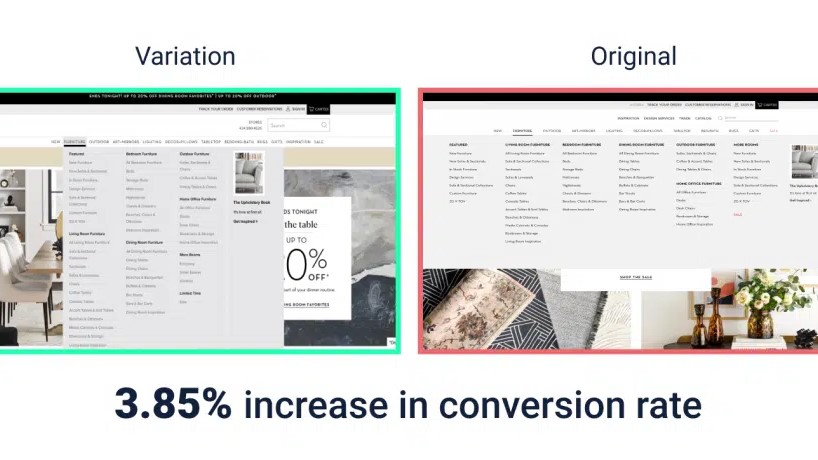
Heatmaps & session recordings
Understanding how users interact with your eCommerce website is crucial for identifying areas of friction and opportunity. Heatmaps and session recordings provide visual and behavioral insights.
- Heatmaps: These tools generate visual representations of user activity on a page, showing where users click (click maps), how far they scroll (scroll maps), and where they move their mouse (move maps or hover maps). This helps you understand what elements are attracting attention and what might be ignored.
- Session Recordings: These tools record individual user sessions on your website, allowing you to watch their mouse movements, clicks, scrolls, and form interactions. This provides a qualitative understanding of the user experience and can reveal usability issues or points of confusion.
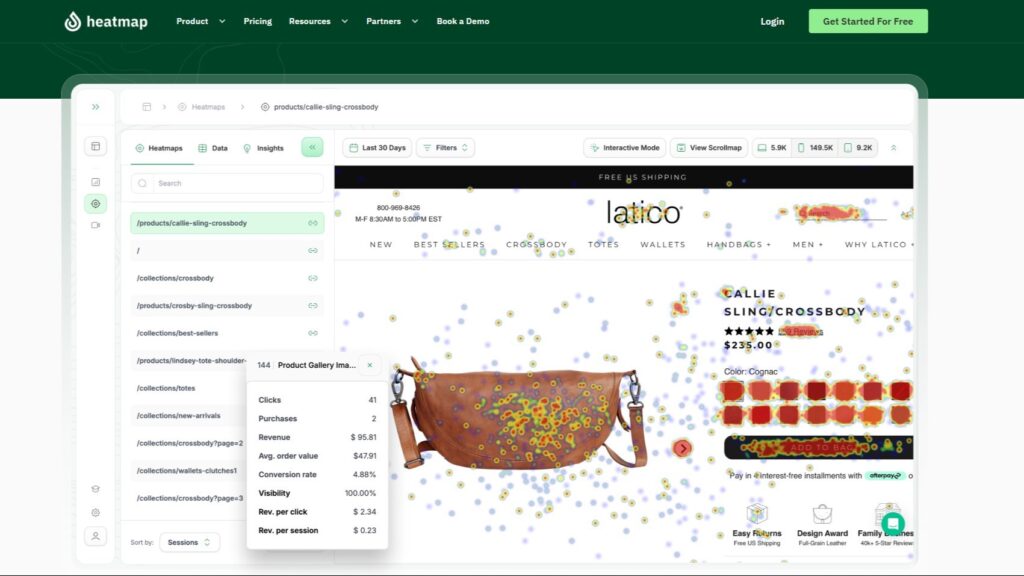
Tools like Hotjar and Crazy Egg are popular choices for implementing heatmaps and session recordings on eCommerce sites. Analyzing this data can reveal
- Elements that aren’t being seen: If important information or CTAs are below the fold and users aren’t scrolling that far.
- “Rage clicks” or hesitation: Indicating frustration or confusion with a particular element.
- Areas of high engagement: Showing what content resonates most with your audience.
- Form field drop-off: Identifying fields in your checkout process where users abandon the process.
Behavioral segmentation
Segmenting your ecommerce website visitors based on their behavior allows for more targeted and effective CRO efforts. By understanding the different needs and intentions of various user groups, you can tailor their experience to increase conversions.
Common behavioral segments for ecommerce include
- New vs. Returning Visitors: New visitors might need more introductory information and trust-building elements, while returning customers might be more interested in quick access to their past purchases or loyalty rewards.
- Product Viewers: Users who have viewed specific product categories or individual product pages have shown intent and can be targeted with relevant recommendations or promotions.
- Cart Abandoners: This critical segment requires specific attention with recovery emails or on-site retargeting to encourage them to complete their purchase.
- High-Value Customers: Users with a history of large or frequent purchases might respond well to exclusive offers or early access to new products.
- Location-Based Segments: Tailoring offers or content based on a user’s geographic location can increase relevance.
By using analytics tools to identify and create these segments, you can then implement personalized CRO strategies, such as displaying different content, offers, or CTAs to each group.
Cart abandonment recovery tactics
Cart abandonment is a significant challenge for eCommerce websites. Implementing effective recovery tactics can recapture a substantial portion of lost sales.
Key strategies:
- Automated Abandoned Cart Emails: Sending timely emails to users who have left items in their cart can remind them to complete their purchase. These emails can include:
- A direct link back to their saved cart.
- A summary of the items they left behind.
- Incentives like free shipping or a small discount to encourage completion.
- A sense of urgency (e.g., “Your items may sell out!”).
- On-Site Retargeting: Displaying targeted messages or offers to users who show exit intent or navigate away from the checkout page can encourage them to reconsider. This could be in the form of a pop-up offering a discount or highlighting the benefits of completing their purchase.
- SMS Notifications: For users who have opted in, SMS reminders about their abandoned carts can be a highly effective way to re-engage them.
- Remarketing Ads: Displaying targeted ads on other websites and social media platforms to users who have abandoned their carts can keep your brand and products top-of-mind.
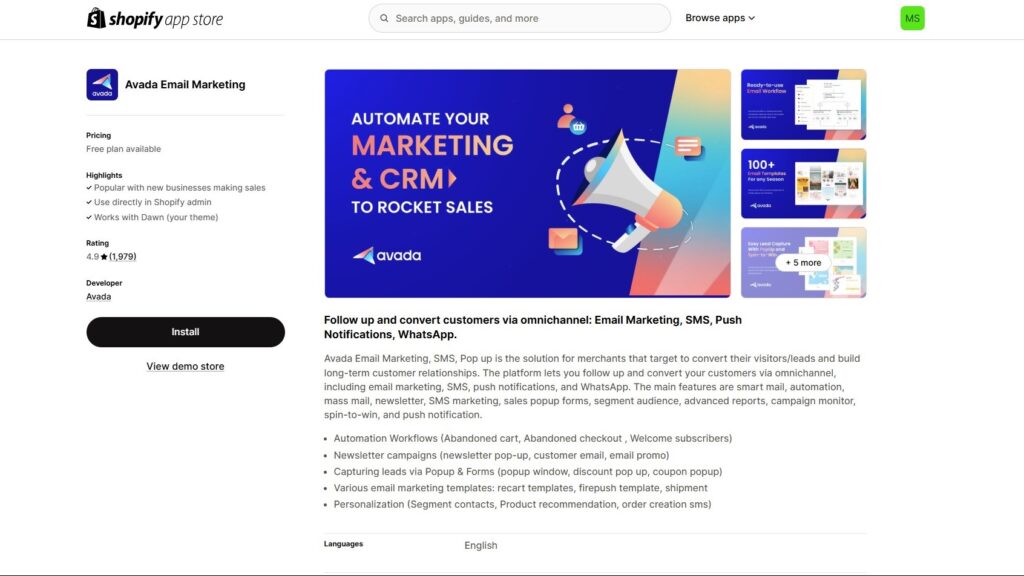
See how: 09 ways to reduce cart abandonment on E-commerce website – Wgentech
Urgency (timers, stock levels)
Creating a sense of urgency and scarcity can be a powerful psychological trigger to encourage immediate purchases on eCommerce websites.
Tactics include:
- Countdown Timers: Displaying a visible timer for limited-time offers or sales can motivate users to make a decision before the offer expires.
- Limited Stock Indicators: Showing the number of remaining items for popular products (e.g., “Only 3 left in stock!”) can create a fear of missing out and encourage quicker purchases. Ensure the stock levels are accurate to maintain trust.
- “Free Shipping Ends Soon” Messages: Highlighting the limited availability of free shipping can incentivize users to complete their orders.
When implementing urgency tactics, it’s crucial to be genuine and avoid misleading users. False scarcity or constantly running “limited-time” offers can erode trust over time.
5. Tools to Help You Optimize
To effectively implement and analyze your CRO for eCommerce Websites strategies for your ecommerce website, having the right tools at your disposal is crucial. These tools provide valuable data and functionalities to understand user behavior, run experiments, and optimize your site for higher conversions:
- A/B Testing: Optimizely, VWO (alternatives to the deprecated Google Optimize).
- Heatmaps & Session Recordings: Hotjar, Crazy Egg.
- Comprehensive Platforms: VWO, Optimizely (offering A/B testing, heatmaps, and more).
- Shopify Apps: For specific functionalities like timers (e.g., Countdown Cart), upsells (e.g., Bold Upsell), and sticky CTAs.
You can choose from the wide range of apps available in the Shopify store. However, if they do not meet your complex needs, or if you only require certain features from various apps without wanting to spend excessively on licenses, consider collaborating with a Shopify agency like Wgentech that offers custom Shopify app development tailored to your requirements.
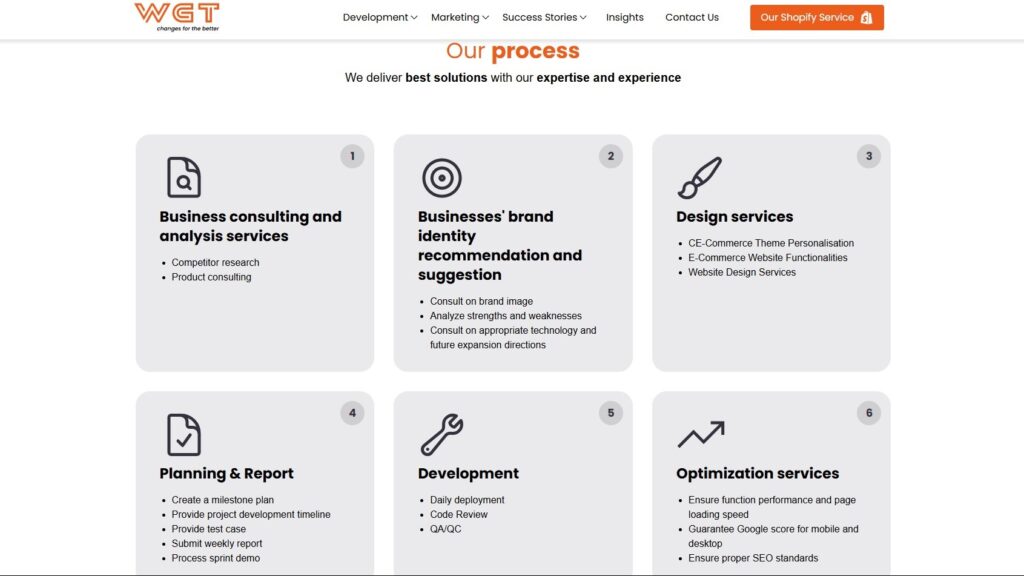
6. Common CRO for eCommerce Websites Mistakes to Avoid
While striving to improve your conversion rates, it’s essential to avoid common pitfalls that can hinder your progress or even negatively impact your results. Here are some key mistakes to be mindful of in your ecommerce CRO efforts:
- Relying on guesswork: Base decisions on data, not assumptions.
- Skipping mobile testing: Mobile optimization is crucial; always test on various devices.
- Not having clear KPIs: Define specific, measurable goals for your optimization efforts.
- Testing too many things at once: Isolate variables to understand the impact of each change.
7. How Wgentech Helps Ecommerce Brands Optimize CRO for eCommerce Websites
At Wgentech, we understand that driving traffic to your ecommerce website is only half the battle. Our expertise lies in optimizing the user experience (UX), implementing rigorous A/B testing strategies, and fine-tuning your conversion funnels to ensure that your valuable traffic translates into increased sales and a stronger return on investment.
We take a data-driven approach to identify key areas for improvement on your site, implementing proven CRO methodologies tailored to your specific business goals.Ready to transform your website visitors into loyal customers? Book a free CRO audit or consultation with our expert team today and discover how Wgentech can help you achieve significant and sustainable growth.
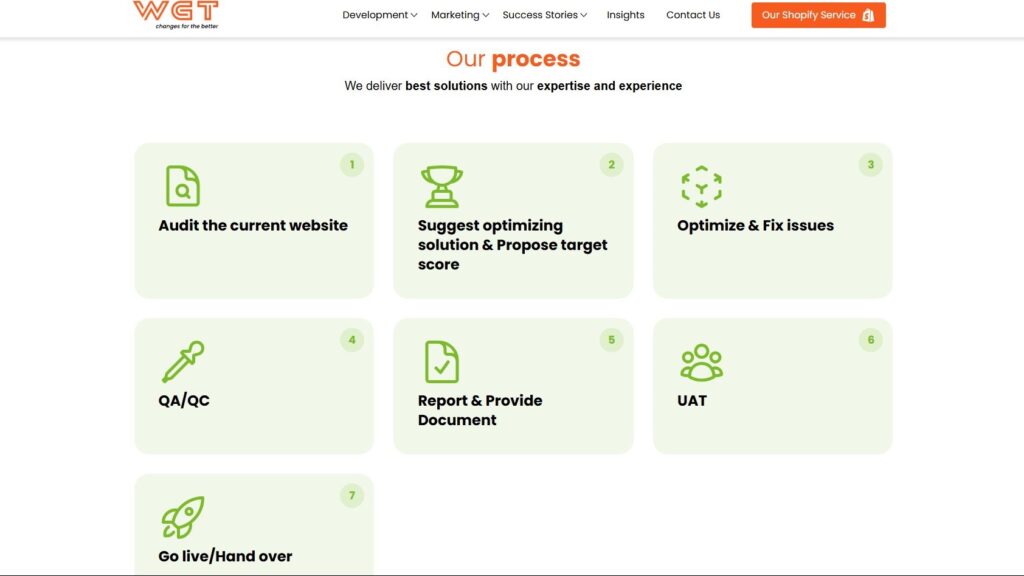
Bottom line
Optimizing your conversion rate is no longer an optional extra for eCommerce businesses—it’s a fundamental necessity for sustainable growth and profitability. By focusing on understanding user behavior, implementing data-backed strategies, and continuously testing and refining your website, you can unlock the true potential of your existing traffic.
Remember, every visitor represents an opportunity. Embrace a data-driven mindset, utilize the powerful tools available, and take action to create a seamless and persuasive online shopping experience.
Don’t leave your conversion rates to chance. Connect with Wgentech today to start implementing actionable strategies and maximizing your ecommerce success.

